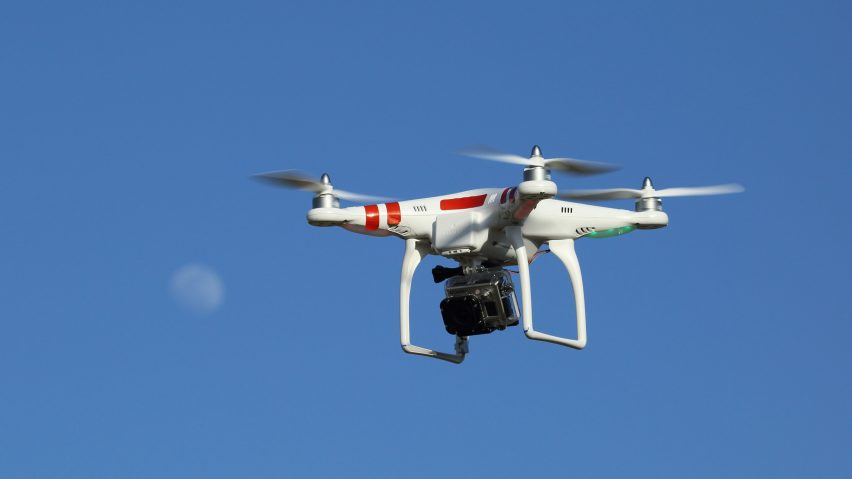
UK moves to regulate drones with registration scheme and safety tests
All privately operated drones in the UK will soon need to comply with new regulations, following a number of near-misses with planes in the skies over Britain.
Drones weighing 250 grams or over will have to be registered, and users will be required to sit safety-awareness tests, the UK government announced on Saturday.
The plans come after mounting concern about the threat posed by drones to commercial and passenger aircraft. While there hasn't yet been a collision, the UK Airprox Board, which reports on occurrences in British airspace, recorded 15 drone-related incidents in June.
The Guardian has reported that in one case, a drone flew within 20 metres of an Airbus A320 on approach to Heathrow.
Aviation minister Lord Callanan said that the new measures would both improve safety and put the UK in a position to benefit from the growing drone market.
"The UK is at the forefront of an exciting and fast-growing drones market and it is important we make the most of this emerging global sector," he said aviation minister. "Our measures prioritise protecting the public while maximising the full potential of drones."
"By registering drones, introducing safety-awareness tests to educate users we can reduce the inadvertent breaching of airspace restrictions to protect the public."
Drones are becoming increasingly used in architecture, and not only as a tool to photograph and film buildings. Mark Dytham of Klein Dytham Architecture recently claimed that drones will transform the way buildings are designed, as they start to replace road traffic.
The transport industry is also investigating ways to use drones – Land Rover recently launched a vehicle that uses a drone for search and rescue, while BMW has revealed a concept car that could receive drone deliveries on the move.
Also, Amazon filed a patent at the end of 2016 for flying warehouses filled with drones.
The government's announcement follows on from a consultation on drone use it undertook in 2016. It had indicated it would look to both regulate drones and harness their economic potential in the Queen's Speech last year.
The plans will also see the government expand the use of geofencing, which acts like an invisible shield to stop drones from flying over sensitive areas.
To coincide with the announcement, the government also published a summary report into the potential impacts of a collision between various manned and unmanned aircraft.
It found that a drone weighing 400 grams could damage a helicopter windscreen, but it would take a drone of around two kilograms to critically damage the windscreen of a large passenger aircraft.
Currently, a voluntary Drone Code encourages users to keep their unmanned aerial vehicle in sight, stay below 400 feet (120 metres), and stay away from aircraft and airports.
Photograph is by Don McCullough.